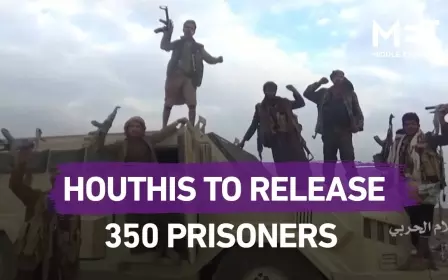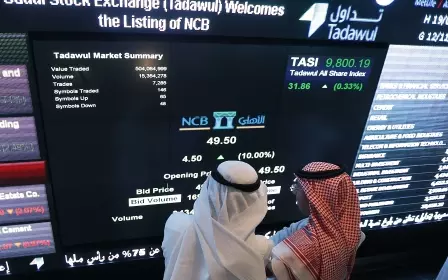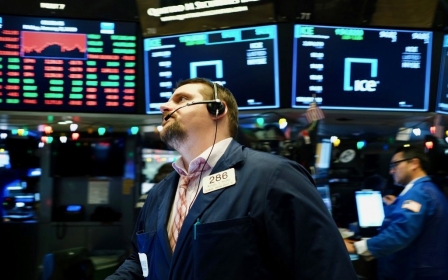UN monitor reportedly says Houthis not responsible for attack on Saudi oil facilities

A report by a United Nations sanctions monitor said that an attack on Saudi Arabia's oil facilities in September was not launched by Yemen's Houthi group, which had claimed responsibility, Reuters reported.
The US, along with European countries and Saudi Arabia, blamed Iran for the 14 September attacks on the oil facilities in Abqaiq and Khurais that disrupted Riyadh's oil production. Iran denied any involvement.
The report, delivered to the UN Security Council and seen by Reuters, seems to reinforce what Middle East Eye reported last year about the source of the attacks.
The UN report said that "despite their claims to the contrary, the Houthi forces did not launch the attacks on Abqaiq and Khurais on 14 September 2019".
The UN investigators further said they doubted that the drones and cruise missiles used in the attack "have a sufficient range to have been launched from Yemeni territory under the control of the Houthis".
"The panel notes that Abqaiq and Khurais were approached respectively from a north/northwestern and north/northeastern direction, rather than from the south, as one would expect in the case of a launch from Yemeni territory," according to the report.
The attacks on the Abqaiq and the Khurais oil plants in Saudi Arabia caused a spike in oil prices and shut down more than 5 percent of global oil supply.
The Houthi rebels, who took over the Yemeni capital of Sanaa in 2014, immediately claimed responsibility for the attacks.
The UN report said that Iran supplies the Houthis with weapons, including "assault rifles, rocket propelled grenade launchers, anti tank guided missiles, as well as more sophisticated cruise missile systems".
Saudi Arabia and its allies military intervened in the country in 2015 to prop up the beleaguered government of President Abd Rabbu Mansour Hadi, who had been forced out by the Houthis.
Now, five years later, war has devastated Yemen and the UN has described the country as the world's worst humanitarian crisis with more than two-thirds of the population, about 24.1 million people, in need of aid.
Middle East Eye propose une couverture et une analyse indépendantes et incomparables du Moyen-Orient, de l’Afrique du Nord et d’autres régions du monde. Pour en savoir plus sur la reprise de ce contenu et les frais qui s’appliquent, veuillez remplir ce formulaire [en anglais]. Pour en savoir plus sur MEE, cliquez ici [en anglais].





